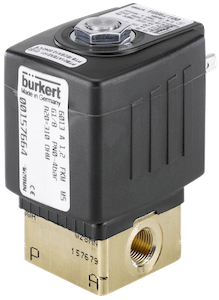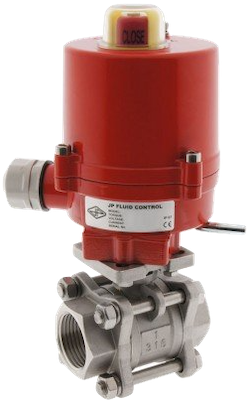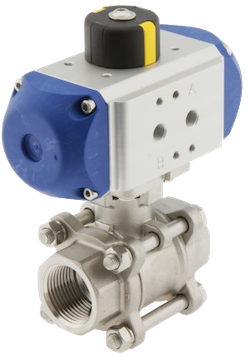Tameson Newsletter December 2018
Are you curious how an indirect operated solenoid valve? Would you like to know the differences between the Bürkert 6013 versions? Or do you want to discover who Gijs, the newest employee of Tameson is? Read on!
Get to know our team!
Gijs Walravens
After completing his bachelors degree in Software Science at Eindhoven University of Technology, Gijs will fill his time until the start of his Masters at Tameson. He will then continue continue part-time with us. Gijs is in the last line between customer and product: the website. Whether it concerns design, user experience or quality control, Gijs makes sure that you can order as easily as possible. He is also open to many other tasks at Tameson to expand his knowledge and experience as much as possible.
New in our assortment
Bürkert 6013
The Bürkert 6013 is a direct controlled 2/2-way solenoid valve with a compact design, available in both NC, NO and bistable versions. In addition to all imaginable cost-effective basic designs, we also supply a solution for ATEX, gas (EN161), extreme temperatures or vacuum applications. Read all about the 6013 here or view our selection to buy here!
Electric ball valve
Because they only use electricity during switching, they are energy-efficient. They are also very robust. Some ball valves with an AG actuator have a switching time of only 4 seconds and are available in all common voltages. View here all electrical ball valves!
Pneumatic ball valve
With larger valves, the pneumatic actuator is often preferred over the electric variant because the purchase price is generally lower. There are several housing materials available, which ensure that a suitable pneumatic ball valve can be found for each application (ATEX, gas, etc.). View all pneumatic ball valves here!
How does an indirect operated solenoid valve work?
Indirect operated solenoid valves use the pressure of the medium to open and close. That is why a pressure difference of roughly half a bar is always required. Wondering how this works? Watch the video!







